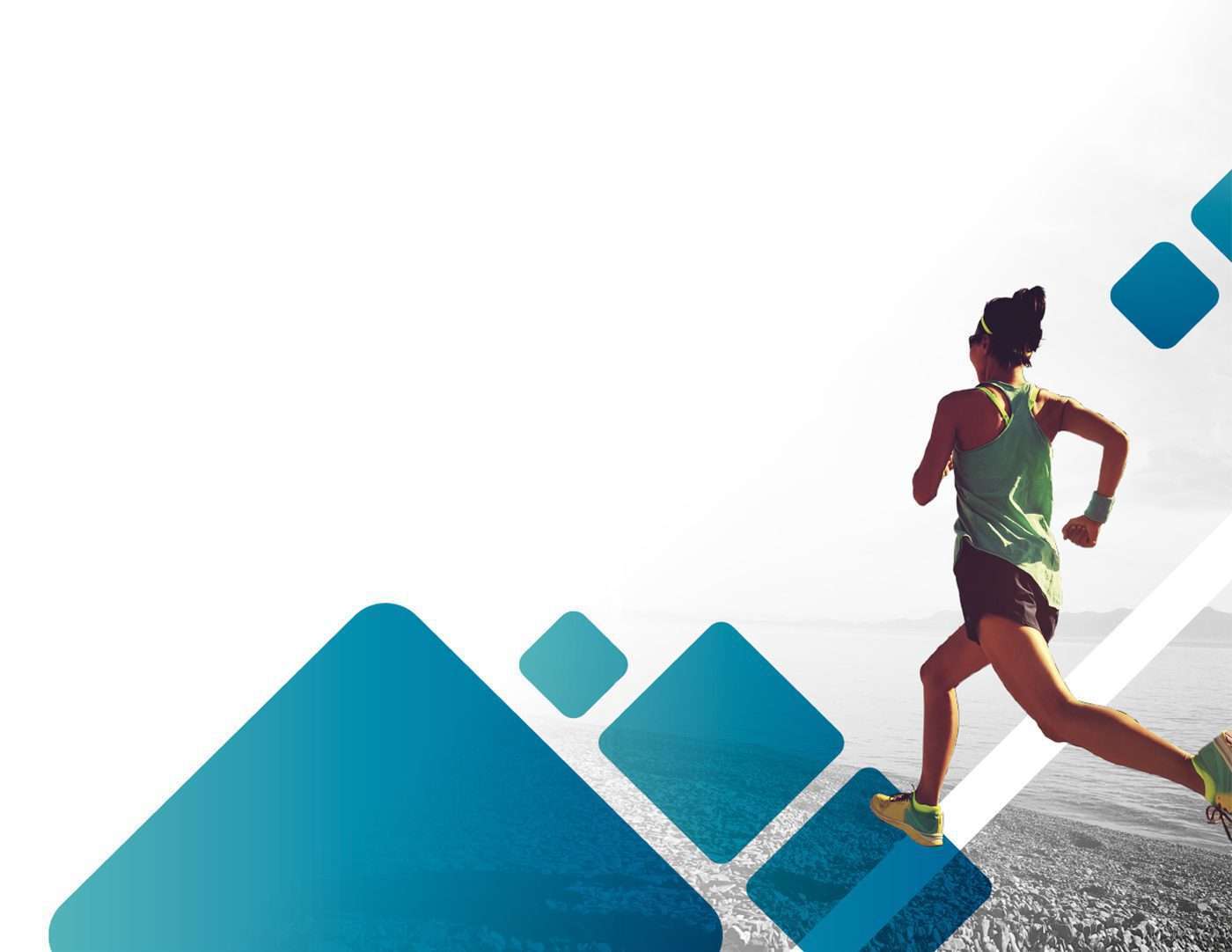Participating in a marathon requires mental and physical preparation alike.
After all, it is not every day that you have to cover 42.2 km in one go.
While the preparation methods are largely directed at the change of diet, it is necessary not to neglect your feet’s health as well.
Here are the different treatments you should consider giving your feet in preparation for a marathon.
1 year before the marathon
Before you begin on this path, it is important to gauge your overall physical health and the condition of your feet.
It might be a good idea to get a plantar checkup if the current shape of your feet makes running a challenge for you.
There are several plantar deformities that can cause pain and possibly other, more serious problems:
- The flat foot;
- The cavus foot;
- The hammertoe;
- The bunion;
- The quintus varus;
- Osteoarthritis of the big toe;
- Clubfoot;
- The metatarsus varus.
Running with a foot deformity poses a danger in the imbalance that it can exert on the rest of the body.
If you require foot orthoses, incorporate them into your training routine so that you are not caught off guard on marathon day.
1 month before the marathon
This is where you need to have determined the technique that you want to use in order to complete the entire distance.
If you have intermittent pain while running, it is important that you check if your footwear is still in good condition.
Otherwise, you should consider consulting a podiatrist.
This health professional will be able to:
- Remove the accumulation of horns, corns, or calluses;
- Identify the biomechanical characteristics of your feet;
- Recommend a more appropriate training method.
It is important to soften the soles of your feet with an anti-inflammatory cream at least a month before the race.
This measure helps get them ready for the numerous frictions they will experience during the marathon.
From 3 weeks before the test, you can also start tanning the soles of your feet, especially if you suffer from excessive foot perspiration.
Tanning hardens the epidermis and is performed as follows:
- After waking up, apply citric acid on the feet (lemon, lime, or special product);
- In the evening, massage the entire foot with moisturizer;
- Keep this routine until a few days before the marathon.
1 week before the marathon
Starting 10 to 15 days before the marathon, start applying an anti-friction cream.
This will allow you to prevent or reduce the appearance of:
- Corns and calluses;
- Foot blisters;
- Certain skin irritations.
Take note that in order to avoid the occurrence of other problems, you need to make sure that your anti-friction cream respects these requirements:
- It does not block the sweat secretion of the foot;
- It does not contain perfume or allergens;
- Its effects last a long time;
- If you suffer from Raynaud’s syndrome, you should use a warming cream.
The day before the marathon
The unexpected is always possible, no matter how well you prepare physically or mentally.
That’s why it’s good not to leave anything to chance.
The day before the marathon, try to be well informed about the conditions and weather of the following day.
Here are some additional tips that can help you get ready with peace of mind:
- Avoid using new socks or shoes;
- Make sure your soles are not worn out;
- Make sure your feet are in good condition;
- Stop your tanning routine 2 or 3 days before the race, yet maintain your moisturizers.
The podiatrist is responsible for the runners’ plantar health
The podiatrist is here to offer you a running technique adapted to the characteristics of your feet, whether you are a beginner or an experienced runner.
Before diving headfirst into an endurance event like the marathon, consider contacting your PiedRéseau podiatrist.

